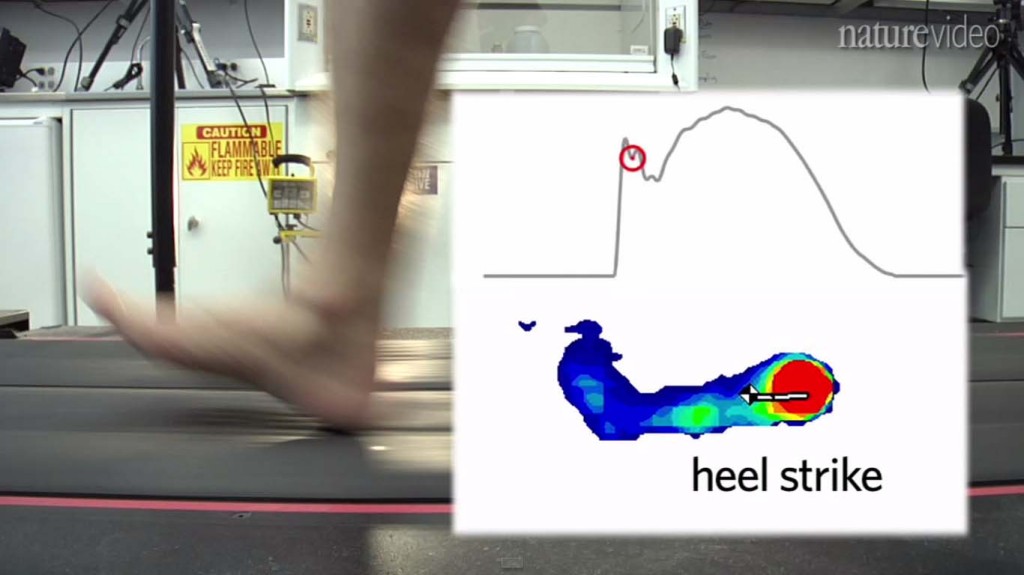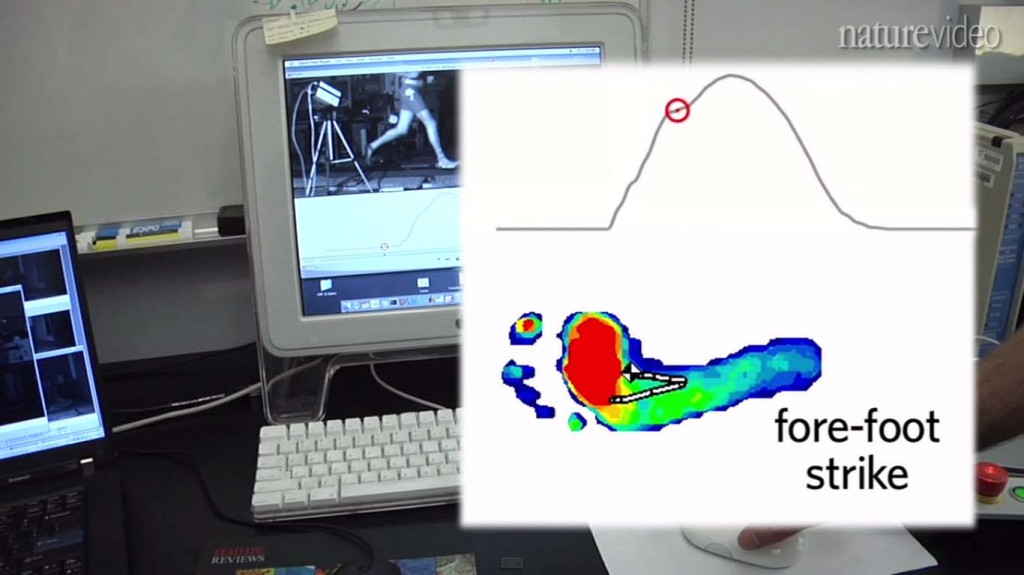Background
No doubt we have come far enough to be able to cram in Billions of transistors on a few mm² of real estate. Hell, we’ve even been able to construct single atom transistors. Technology sure has come far, but within a just few decades of evolution of technology, are we really sure that we’ve done better than the work done by nature through Millions of years of evolution in the field of bio-mechanics? I’m not too sure we have. Rather I believe, nature already is far ahead of us. That is probably the reason, we are not even close to properly understanding how animate matter really works. We have a long way to go. And here is why I say that…
Although this was back in the year 2010, it is still relevant.
Skeletal Biology Lab at Harvard
Professor Daniel E. Lieberman from the Skeletal biology lab of Harvard asked a simple question, “how and why did ancient humans run comfortably without modern running shoes?”
This question encouraged him to start a research in his Skeletal biology lab – The result of which made the professor to ditch his shoes (read on to know why). Now, he is the “barefoot professor”.
In a 2 Million year span through which humans have been running, it’s been only a couple of decades since they’ve started using shoes to run. Before that, for Millions of years, people used to run barefoot. In the process that has lasted about 2 Million years, the professor believes that the human foot was able to evolve into a very advanced bio-mechanical device. Turns out, you don’t need shoes to run, you just need feet. The foot easily beats any modern running shoe. Here’s how…
The Research
In their research, they observed and studied several cases of people running with and without shoes. With the help of modern technology (again) they were able to map out the kind forces that are experienced by the foot in both cases. Moreover, they found a stark difference in how people run with shoes, and how they do it without shoes.
Running with a shoe: When people run with shoes, they tend to rely on the soft cushion at the heel of the shoe, and most of the time they land on the heel. This abrupt landing creates huge impact forces and hurts your foot. In the long run, it causes problems. Nature clearly didn’t design the foot to run with shoes! As the video screenshot shows… (the running style is of course shown without the shoe).

Running without a shoe: Now, that doesn’t happen when you run without a shoe. Since you don’t have a cushion to rely on, you tend to land on the front part of the foot (with almost a parallel footing, a little tilted towards the front). This part isn’t solid like the heel. It has been crafted very carefully by the nature to absorb the impact forces (or in other words to delay the time for which forces are experienced, like a shock absorber). That means, there are no peak impact forces. The curve, as you can see is a beautifully smooth curve, without peaks.

In the following video, Madhusudhan Venkadesan explains this using a simple pen analogy (at 3:52).
via [ScienceDump]
Know more at the website [RunningBarefoot]
Hit like, or share it on Facebook if you learnt something from this article. It will help this website (an honest effort by me) to grow.


